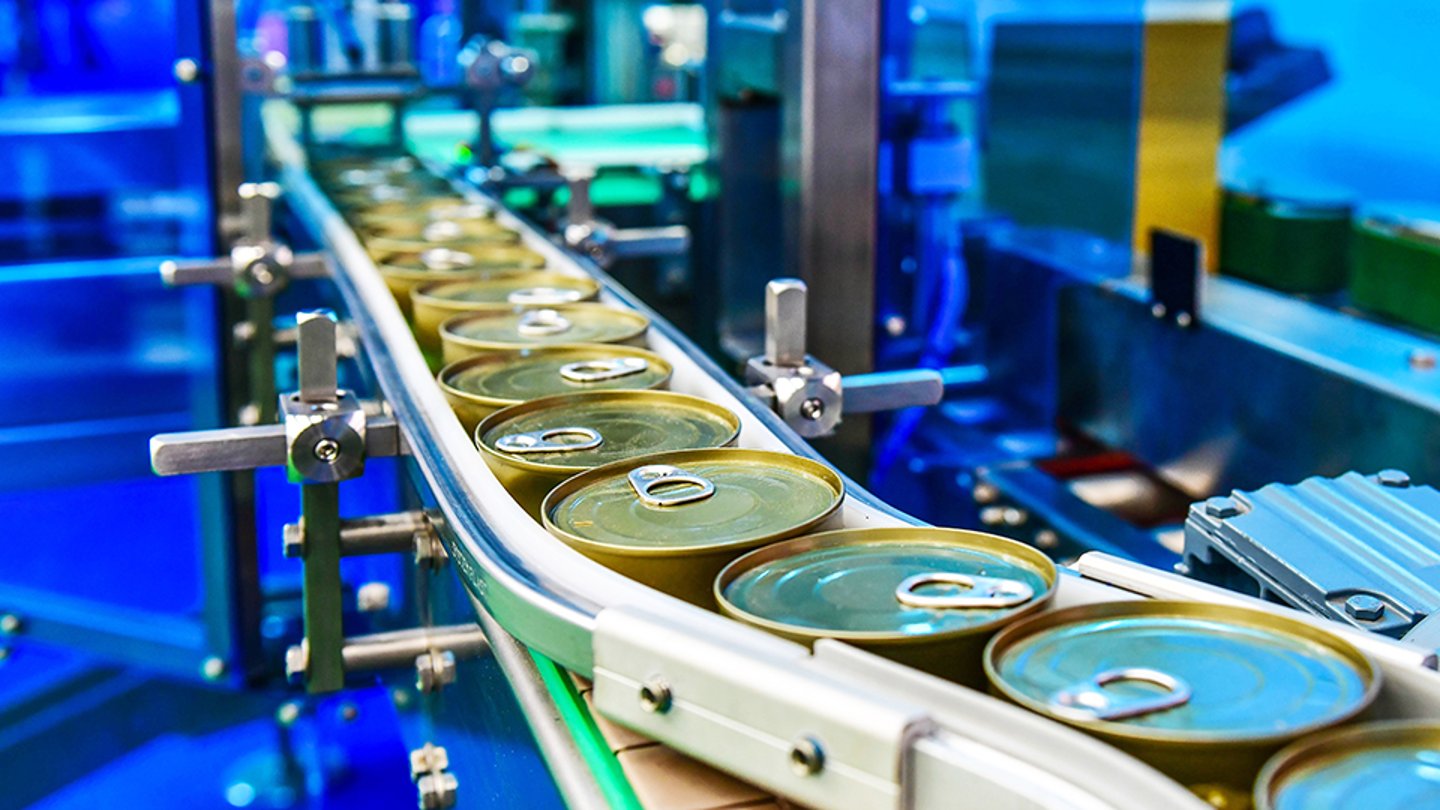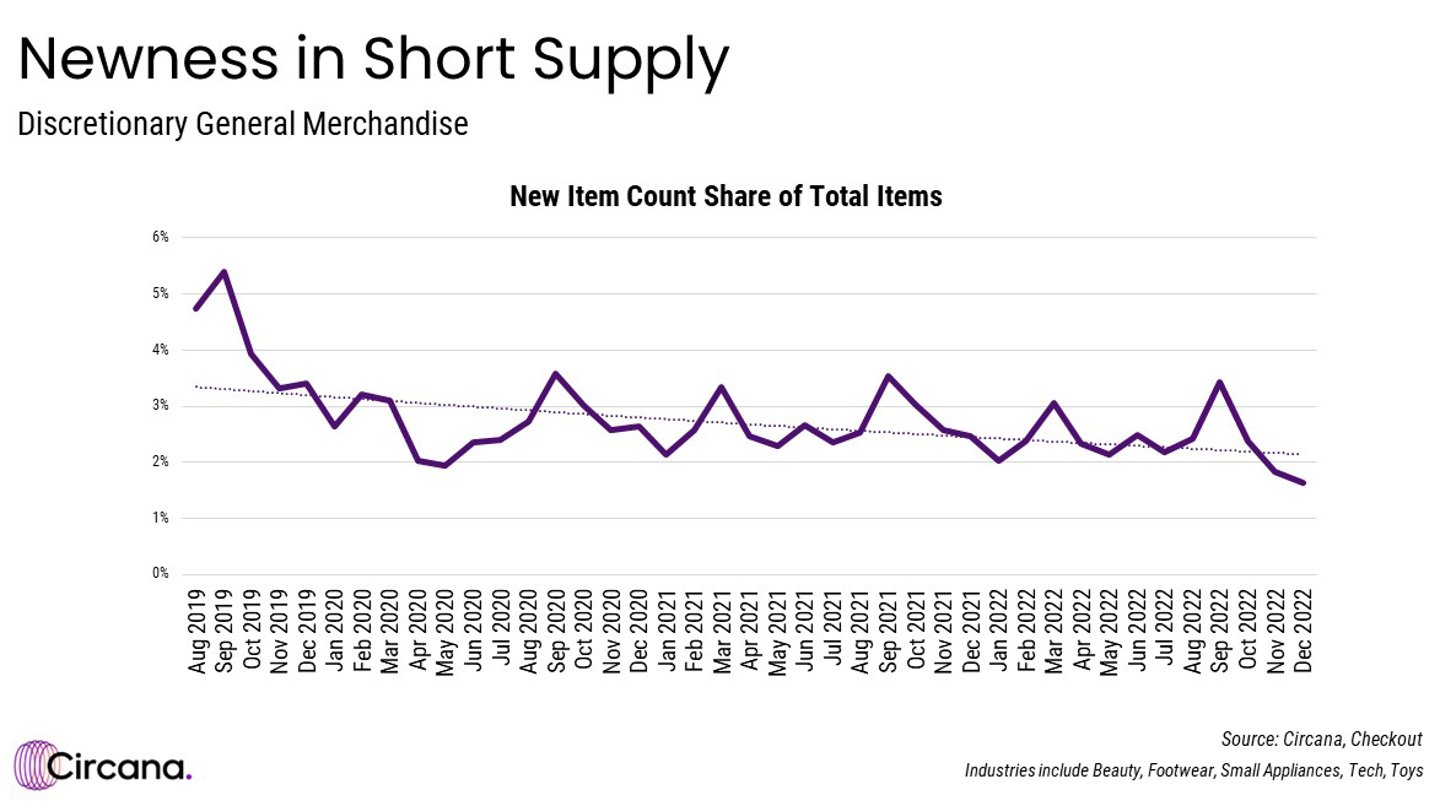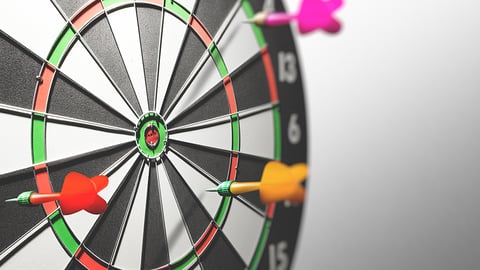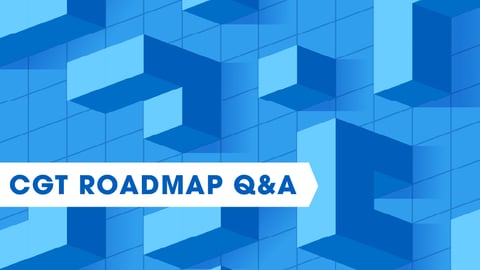CPGs Facing Fierce Pressure To Launch New Products
New CPG product introductions declined 16% during the pandemic, but retail shelves are ready and waiting for the pipeline to unleash new innovations to woo consumers with less spending power.
The decline of new products from late 2019 to the end of 2022, according to Circana data shared with CGT, stemmed from both manufacturers and retailers navigating myriad supply chain and workforce obstacles. New general merchandise products dropped 70% during the same period; while they represented more than 5% of the market before the pandemic, they decreased to less than 2% at the end of 2022.
As consumers pull back spending for both discretionary and essential purchases, the urgency for CPG manufacturers to launch new products is fierce in order to meet their new needs. At this time, companies are most heavily focused on price and demonstrating value to consumers, Marshal Cohen, chief industry advisor of retail at Circana, tells CGT.
And while both manufacturers and retailers are doing a bit of finger-pointing on the causes for the dearth of new products, “the reality is the consumer is the one that's going to decide whether or not there's enough newness out there — and clearly they've decided there isn’t.”
With new products in the pipeline and retailers’ appetites for them increasing, the outlook is brighter, but it’s not yet visual at the retail level — “and that’s what matters most,” Cohen says. Whether this product ramp-up is long term also remains TBD, but we can expect a wealth of new products entering the market by the third quarter.
Coca-Cola expects about a quarter of its growth this year to come from product innovation, CEO James Quincey shared during an investors conference in February, noting that the company is beginning to see its innovation success rate and gross profit per launch increase.
Why New Matters More Than Ever
Newness is especially critical in the food and grocery categories, where purchase frequency is the highest, and even minor product improvements can go a long way. As companies compete for less consumer dollar spending power, every benefit they can offer is important.
What’s more, part of the CPG innovation cycle is also creating a different dynamic for consumer spending, with consumers apt to replace certain items with others vs. purchasing additional new ones. (Cohen cited the example of someone replacing a broken mop with a Swiffer.)
“You're going to begin to see a lot of attention being paid to either packaging or product tweaks to get the consumer to start to engage in the dialogue of, ‘Wow, let's rediscover this, or let's invest in this because what I have is obsolete.’”
The pandemic-prompted focus on health and wellness also remains an opportunity for CPG manufacturers. “We have to be careful that we don't bore the consumer to death,” says Cohen. “We've got to keep coming up with new and innovative ways to clean our homes, which is still a major focus,” he notes. “We're still spending more time in our home than we did pre-pandemic, so we have the ability to use and need more of those products.”
Manufacturers are beginning to measure and leverage consumer insights within their product development in new ways, but it’s still early days, he says. “It's part of the dialogue. That's relatively new. … Nobody does a better job of speaking to the consumer and understanding the consumer and doing focus groups than the CPG industry.”
“The drugstores and the grocers are really good at featuring newness,” Cohen adds. “They just need the ammunition to do it.”






